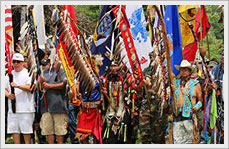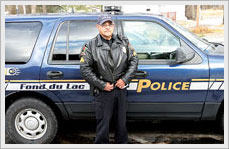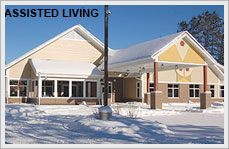Spring Weather Preparedness
Spring Preparedness | Thunderstorms & Tornadoes | Lightning
Winds, Floods & Hail
Strong winds, and Straight-line Winds
Strong Winds can exceed 50 mph, some as strong as 100 mph. Strong winds, or straight-line winds are responsible for most thunderstorm's wind damage equivalent to a strong tornado and can be extremely dangerous. Blow down of trees is just one of the many examples of strong winds. Be aware of flying debris. Flying debris causes many fatalities and injuries.
Flash Floods/Floods
Flash floods and floods are the #1 cause of death associated with thunderstorms; there are more than 140 fatalities each year. Six inches of fast-moving water can knock you off your feet; a depth of two feet will cause most vehicles to float.
The effect of snow melting in spring increases flooding risk for many people. Springtime flooding events occur when rainfalls on existing snow-packs, known as a “rain-on-snow event”. Runoff during rain-on-snow events has been associated with mass-wasting of hill slopes, damage to riparian (areas alongside streams) zones, downstream flooding and associated damage and loss of life.
Avoid walking, swimming, or driving in flood waters. Stay away from high water, storm drains, ditches, ravines, culverts, dry washes or other waterways. When it rains, the water can rush through too fast for you to escape. Don’t let children play near storm drains.
Hail
Hail often accompanies thunderstorms. Strong rising currents of air within a storm, called updrafts, carry water droplets to a height where freezing occurs. These ice articles grow in size, becoming too heavy to be supported by the updraft, and fall to the ground. Hail can come down ranging from the size of a pebble to a softball. Large hail stones fall at speeds faster than 100 mph.






